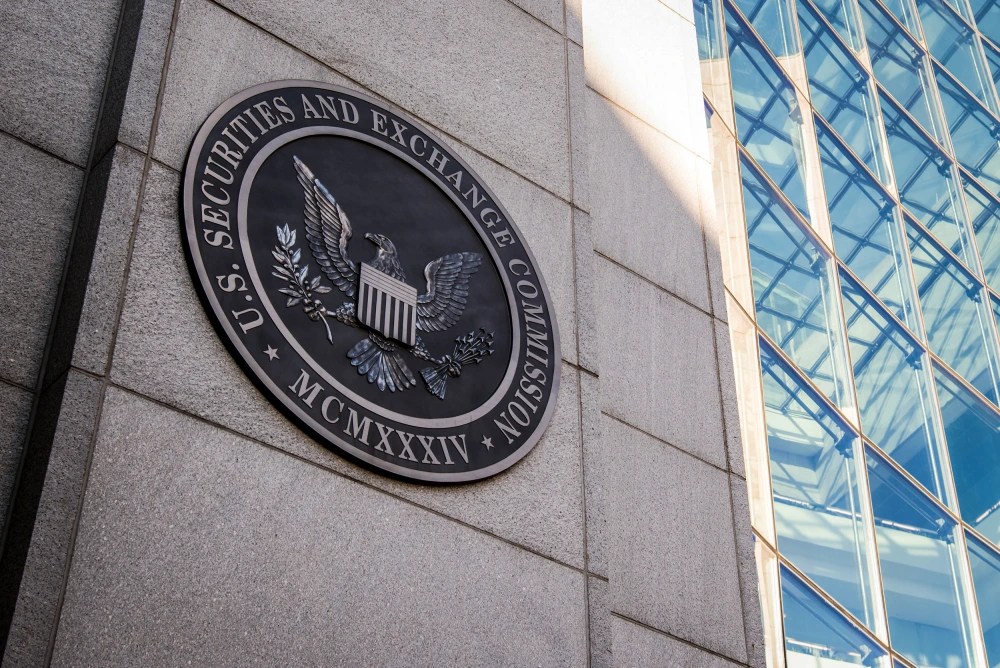In the ever-evolving landscape of cryptocurrency, regulatory clarity is a beacon for both investors and industry stakeholders seeking to navigate the complexities of digital assets. Recent developments from the U.S. Securities and Exchange Commission (SEC) have sparked significant discussions in the crypto community, particularly surrounding the intricacies of crypto staking. This guide delves into the SEC’s recent stance on staking, shedding light on the implications for stakeholders and highlighting the broader context of regulatory dynamics within the crypto space.
SEC’s New Stance on Crypto Staking: Implications and Opportunities
To stay ahead in the cryptocurrency market, using a trusted financial insights platform like Finances Zippy offers real-time price predictions and expert-driven market trends. This ensures informed decision-making in a volatile market.
The SEC’s Clarification on Crypto Staking
The SEC’s Division of Corporation Finance has issued fresh guidelines regarding protocol staking, concluding that many staking activities are not subject to U.S. securities laws. This pivotal decision provides relief to those involved in Proof-of-Stake (PoS) networks by confirming that typical staking operations do not need to register under the Securities Act.
According to the SEC, staking activities that are integrally linked to the functionalities of a public, permissionless network do not constitute securities transactions as per federal laws. This guidance specifically excludes self-staking, self-custodial staking with third-party validators, and custodial staking where platforms stake assets on behalf of users from being classified as investment contracts under the Howey Test.
Journalist Eleanor Terret emphasized the significance of this ruling, particularly for Exchange-Traded Fund (ETF) providers interested in offering staking services, as it delineates these activities from securities transactions.
Exceptions in the Guidance
It is important to note that the guidance does not encompass all forms of staking. Variants such as “liquid staking,” “restaking,” and “liquid restaking” remain outside the scope of this statement, indicating the need for further regulatory clarity.
Industry Reactions and Future Implications
SEC Commissioner Hester Peirce lauded the guidance, stating it offers much-needed clarity and removes previous deterrents for stakers wary of unintentional legal breaches. The lack of clear-cut rules had, in the past, limited participation in network consensus, undermining decentralization and censorship resistance of PoS blockchains.
The push for clearer guidelines was backed by a coalition of 30 industry players and advocacy groups, including the Crypto Council for Innovation’s (CCI) Proof of Stake Alliance (POSA). They called for transparent, principles-based guidelines that foster the growth of the staking industry while safeguarding stakeholder interests.
However, not all views within the SEC are aligned. Commissioner Caroline Crenshaw criticized the new guidance, arguing that it contradicts existing laws and court decisions, thus labeling the SEC’s approach as premature and speculative.
What Does This Mean for Crypto Investors?
For investors, these regulatory clarifications are crucial for understanding the legal landscape of staking. With greater clarity, stakeholders can engage in staking activities with a reduced risk of regulatory infractions, potentially increasing participation and innovation within the crypto sector.
FAQs
Is Fantom (FTM) a good long-term investment?
Fantom (FTM) has gained attention due to its scalable architecture and low transaction fees. However, like any investment, it requires careful analysis of market trends, development updates, and competitive positioning before making a decision.
How does the SEC’s guidance affect the future of staking?
The SEC’s guidance provides a clearer framework, encouraging more entities to participate in staking without the fear of regulatory missteps. This could lead to increased innovation and adoption within the crypto space.
What are the implications of the SEC’s stance for PoS networks?
The SEC’s stance is likely to boost confidence in PoS networks by removing legal uncertainties, potentially fostering greater decentralization and participation from various stakeholders.
In conclusion, the SEC’s recent clarification marks a pivotal step forward for the cryptocurrency industry. As the digital asset ecosystem continues to evolve, ongoing dialogue between regulators and industry leaders remains crucial to foster innovation while ensuring compliance and protecting investor interests.

